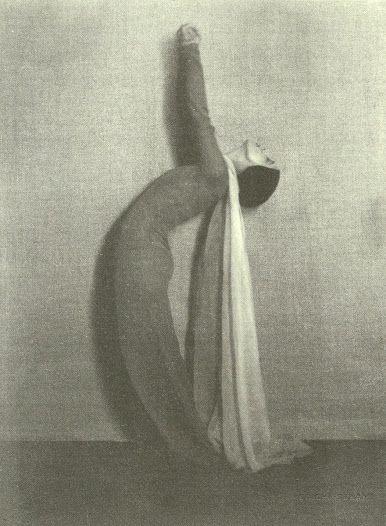
Ritual Spotlight
Rituals for Resilience
There is a Buddhist parable called The second arrow where the Buddha asks, “If you get struck by an arrow, do you then shoot a second one into your wound?” The first arrow represents the unavoidable hardships that blindside us, and the second is the self-deprecating narrative that we attach to our pain and suffering.
Although we often think of rituals as ceremonious rites of passage, they can also be leveraged as tangible tools for effectively transforming a tough situation into an opportunity for self-transformation. It’s important to recognize that these practices are not preventative; we can’t stop the first arrow, but we can avoid the second by improving the way we experience and hold space for our recovery.
Rituals for Resilience
• Name the emotion: Are you feeling angry, sad, defeated? Simply identifying what you’re feeling can separate reaction from reality and empowering you to be an observer instead of a victim.
• Scan Your Body: From a rapid heart rate to sweaty palms or a clenched jaw, recognize how stress may be manifesting physically. Set yourself up to feel safe by planting your feet firmly on the ground, placing your palms face down in your lap, adjusting your posture, and slowing down your breath.
• Breathe Deeply: One of the most accessible ways to self-soothe is to slow down your breath. Practice Sama Vritti (even breathing) by inhaling for a count of four, holding the breath in for four, exhaling for four, and holding the breath out for four. Repeat at least four times or as long as desired.
• Find a Friend: It’s easier to suffer in isolation, especially if your preferred stress response is flight, but there’s ample scientific evidence to back the correlation between human connection and healing. Confiding in someone you trust can disrupt the shame spiral and as awkward as it may feel, hugging someone for 20 seconds or longer will regulate your nervous system.
• Let it be a Lesson: List the ways in which this seemingly devastating experience might also be an opportunity to learn, grow, and refine. Perhaps there are even things that you can be grateful for like acknowledging that it could have been worse. Transcribe this list so that you have a visual for the positive takeaways.
• Help Others: One of the easiest ways to feel good is to do good. Acts of service can broaden our perspective by shifting our focus away from our own unmet needs towards the ways in which we can impact the lives of others. Even small acts of kindness, like holding the door, count.